The allure of blue-eyed dogs is undeniable—a rare and mesmerizing sight cherished by dog lovers worldwide. While not common, certain breeds boast this captivating trait, drawing admiration from enthusiasts. Join us as we delve into the world of the best blue-eyed dog breeds, uncovering what sets these remarkable companions apart.
Among the most renowned breeds with captivating blue eyes is the Siberian Husky. Renowned for their dazzling azure gaze, these dogs boast personalities as charming as their eyes. Prized for their endurance and affable nature, Huskies stand out in the canine world, captivating hearts with their sapphire stare.
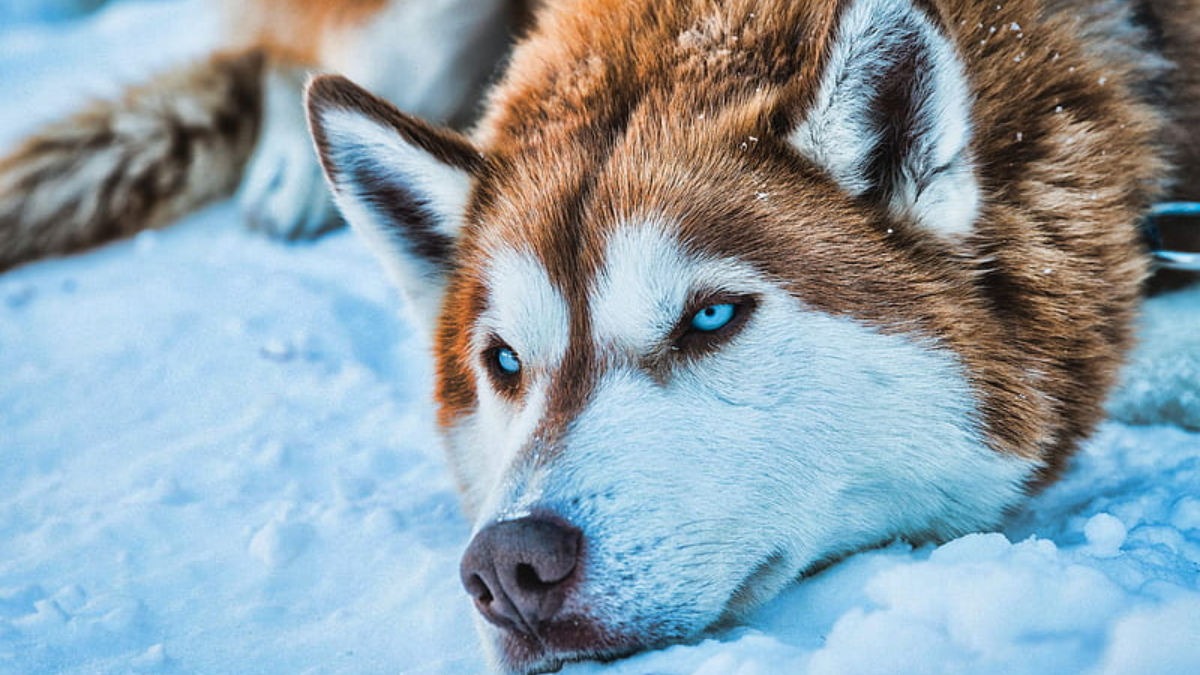
The Australian Shepherd is another breed famous for its mesmerizing blue eyes. Though not all Aussies sport this striking feature, those that do are captivating. These dogs are incredibly smart, excelling as working dogs and beloved family companions alike. Their unwavering loyalty and affectionate nature make them the perfect choice for anyone seeking a furry friend with stunning blue eyes.
Genetics Behind Blue Eyes in Dogs
Blue eyes in dogs are a result of genetics. While some breeds are more likely to have blue eyes than others, the color of a dog's eyes is determined by several genetic factors. In this section, we will explore the genetics behind blue eyes in dogs, including the merle gene and other genetic factors that influence eye color.
The Merle Gene and Its Impact
The Merle gene is a dominant gene that affects the distribution and amount of melanin in a dog's coat and eyes. Dogs with the merle gene have a marbled or speckled coat pattern, and their eyes may be blue, brown, or a combination of both. The Merle gene can also cause heterochromia, a condition where a dog's eyes are different colors.

While the Merle gene is responsible for blue eyes in many dog breeds, it can also cause health problems. Dogs with two copies of the merle gene (known as double merles) are at risk of hearing and vision problems, as well as other health issues.
Other Genetic Factors Influencing Eye Color
In addition to the merle gene, other genetic factors can influence a dog's eye color. One such factor is the amount of melanin in a dog's eyes. Melanin is a pigment that gives color to the skin, hair, and eyes. Dogs with more melanin in their eyes will have darker eye color, while dogs with less melanin will have lighter eye color.
Another genetic factor that can influence eye color is the alx4 canine chromosome. This chromosome is responsible for the development of the eye and can affect the amount of pigmentation in the iris. Dogs with a variation of this chromosome may have blue eyes.
Finally, a lack of pigmentation can also cause blue eyes in dogs. Dogs with a white coat or patches of white may have blue eyes due to a lack of pigmentation in their irises.
In conclusion, the genetics behind blue eyes in dogs are complex and involve several genetic factors. While the merle gene is often responsible for blue eyes in many breeds, it can also cause health problems. Other genetic factors, such as melanin, the alx4 chromosome, and lack of pigmentation, can also influence a dog's eye color. Understanding the genetics behind blue eyes in dogs can help breeders and owners make informed decisions about breeding and caring for their dogs.
Popular Blue-Eyed Breeds and Their Characteristics
Blue-eyed dog breeds are a sight to behold, and their unique appearance is just one of the many reasons why they are so popular among dog lovers. Here are some of the most popular blue-eyed dog breeds and their characteristics.
Siberian Husky: A Charming Sled Dog
The Siberian Husky is a medium-sized dog breed that is known for its striking blue eyes and double coat. They were originally bred as sled dogs, and their agility and endurance make them excellent working dogs. Siberian Huskies are also known for their friendly and outgoing personalities, which make them great family pets. They are intelligent and independent dogs, which means they require consistent training and socialization.
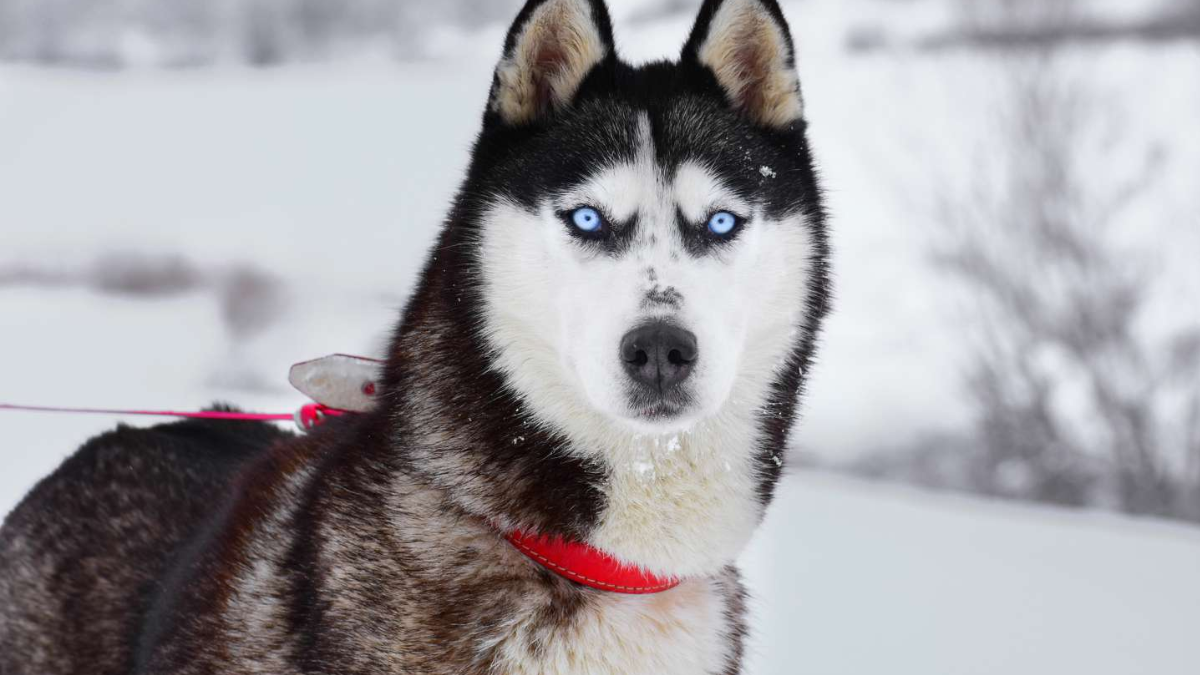
Australian Shepherd: The Agile Herder
The Australian Shepherd, also known as the "Aussie," is a highly intelligent and agile dog breed that is often used as a herding dog. They are known for their merle coats, which can come in a variety of colors, including blue merle. Australian Shepherds are highly trainable and excel in dog sports such as agility and obedience. They are also known for their loyal and affectionate personalities, making them great family pets.
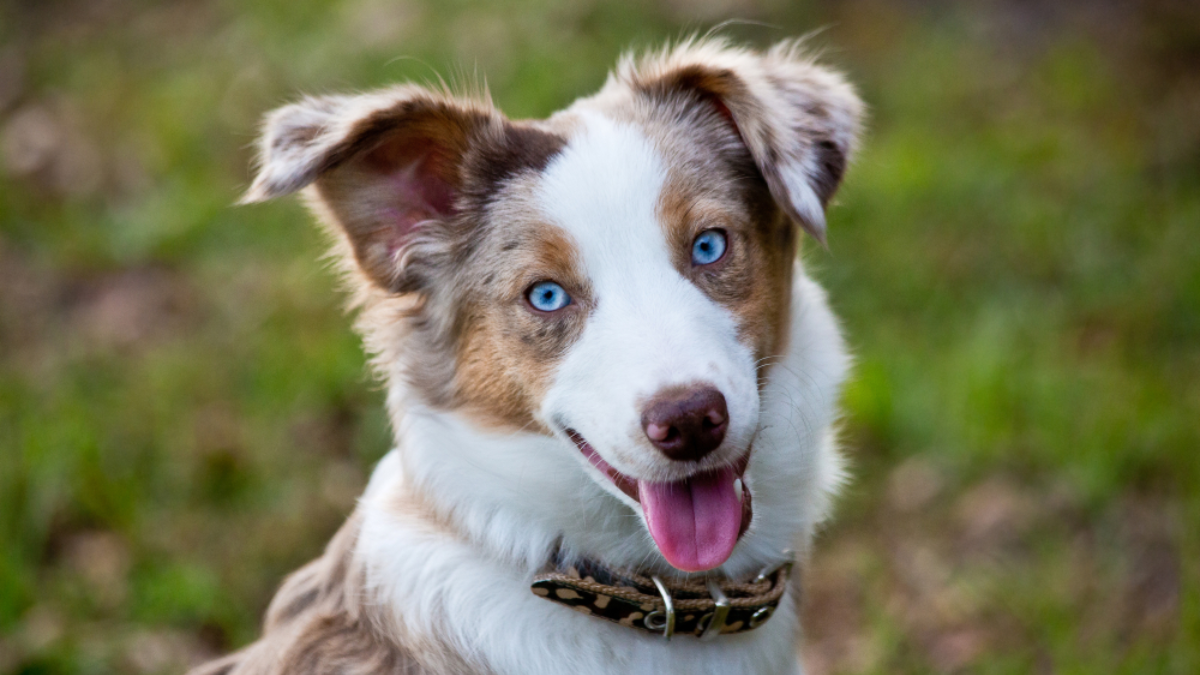
Border Collie: Intelligence and Vigor
The Border Collie is another highly intelligent and agile dog breed that is often used as a herding dog. They are known for their black and white coats, but some Border Collies can also have blue eyes. Border Collies are highly trainable and excel in dog sports such as agility and obedience. They are also known for their intense work ethic and need for physical and mental stimulation.
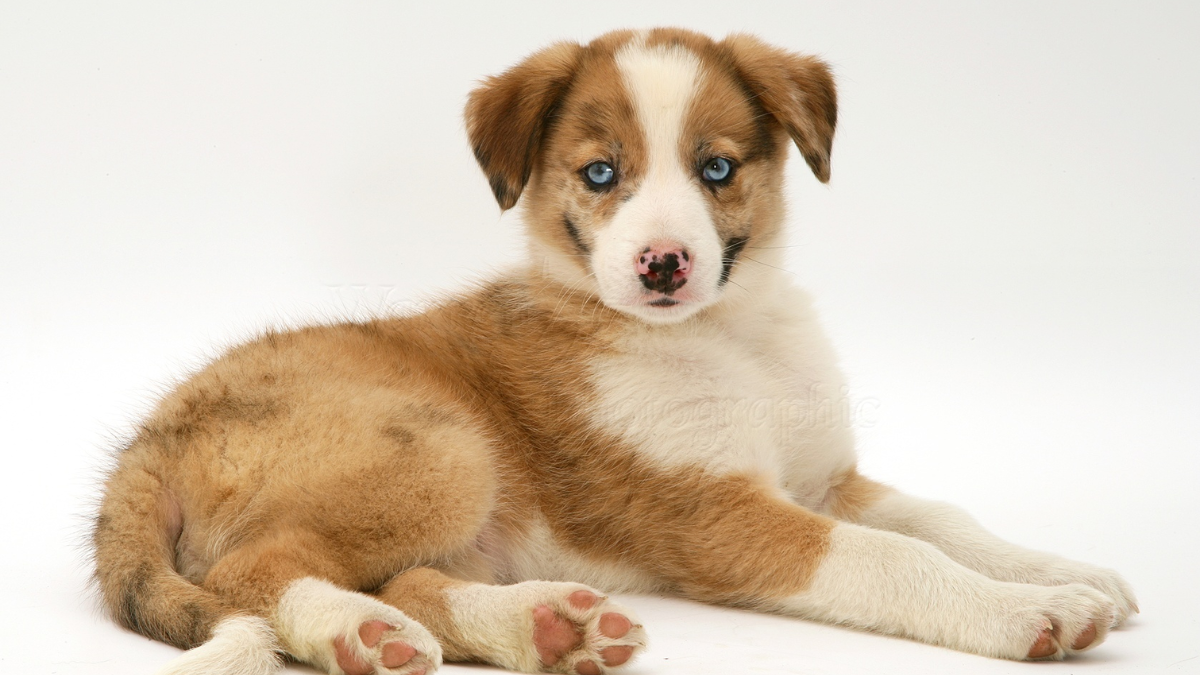
Dalmatian: Spotted Beauty with Blue Eyes
The Dalmatian is a unique dog breed that is known for its spotted coat and striking blue eyes. They were originally bred as carriage dogs and have a long history of working alongside firefighters. Dalmatians are energetic and playful dogs that require a lot of exercise and mental stimulation. They are also known for their loyalty and affectionate personalities, making them great family pets.

In conclusion, blue-eyed dog breeds are not only stunning to look at, but they also have unique personalities and characteristics that make them great companions. Whether you're looking for a working dog other genetic factors or a family pet, there is a blue-eyed dog breed out there for everyone.
Health Considerations for Blue-Eyed Breeds
Blue eyes are a striking feature in many dog breeds, but they can also be an indicator of potential health issues. It is important for owners of blue-eyed dogs to be aware of common eye conditions and to schedule regular check-ups with their veterinarian.
Common Eye Conditions
Blue-eyed dogs are more prone to certain eye conditions than dogs with brown or black eyes. One such condition is cataracts, which can cause cloudiness in the eye and lead to vision loss. Glaucoma is another condition that can affect blue-eyed dogs, causing increased pressure in the eye and potentially leading to blindness.
It is important to note that not all blue-eyed dogs will develop these conditions, but owners should be aware of the potential risks and take steps to prevent or treat them if they arise.
The Importance of Regular Check-Ups
Regular check-ups with a veterinarian can help catch eye conditions early on before they become more serious. During these check-ups, the vet can perform an eye exam to check for any abnormalities or signs of developing conditions.
In addition to regular check-ups, owners of blue-eyed dogs should also keep an eye out for any changes in their dog's eyes or behavior. If a dog seems to be experiencing discomfort or if their eyes appear cloudy or discolored, it is important to schedule an appointment with a veterinarian as soon as possible.
Overall, while blue eyes can be a stunning and unique feature in dogs, it is important for owners to be aware of potential health considerations and to take steps to ensure their dog's eye health.
Grooming and Care for Optimal Health
Grooming Needs of Double-Coated Dogs
Blue-eyed dogs with double coats require regular grooming to maintain their coat's health and shine. Double-coated dogs have two layers of fur, an outer protective layer, and a soft undercoat. The undercoat is responsible for regulating the dog's body temperature and requires careful attention. Neglecting the undercoat can lead to matting, which can cause skin irritation and even infection. Brushing the coat regularly with a slicker brush or undercoat rake will remove loose hair and prevent matting.

Bathing should be done occasionally to keep the coat clean and healthy. Use a mild dog shampoo and conditioner that is suitable for their coat type. Avoid using human shampoo as it can be harsh and irritating to their skin. After bathing, dry the dog thoroughly to prevent dampness, which can lead to skin irritation.
Trimming the nails regularly is essential to prevent overgrowth, which can cause discomfort and even lead to joint problems. It is recommended to trim the nails every four to six weeks or as needed.
Diet and Exercise for a Healthy Life
A balanced diet and regular exercise are crucial for a blue-eyed dog's overall health and well-being. A high-quality dog food that is rich in protein, vitamins, and minerals will provide the necessary nutrients for optimal health. Avoid feeding your dog table scraps or human food as it can lead to obesity and other health problems.
Regular exercise is essential for maintaining a healthy weight and reducing the risk of health problems. Take your blue-eyed dog for daily walks or runs, play fetch, or engage in other physical activities to keep them active and healthy.
Obedience training is also important for a blue-eyed dog's overall well-being. Training will help them develop good behavior, social skills, and mental stimulation. It is recommended to start training your dog at a young age and to use positive reinforcement techniques.
In conclusion, grooming, diet, exercise, and obedience training are all essential for a blue-eyed dog's optimal health and well-being. By following these tips, you can ensure that your blue-eyed dog remains healthy, happy, and stunning for years to come.
Choosing the Right Blue-Eyed Dog for Your Lifestyle
When it comes to choosing a blue-eyed dog, it's important to consider your lifestyle and needs to ensure that you find the perfect match. Here are some factors to keep in mind:
Considering Energy Levels and Space
Different dog breeds have different energy levels, and it's important to choose one that matches your activity level. For example, if you're someone who loves to go on long hikes or runs, a high-energy breed like the Siberian Husky or Australian Cattle Dog might be a great fit. On the other hand, if you live in a small apartment and don't have a lot of space, a smaller breed like the Miniature Australian Shepherd or Shetland Sheepdog might be a better choice.
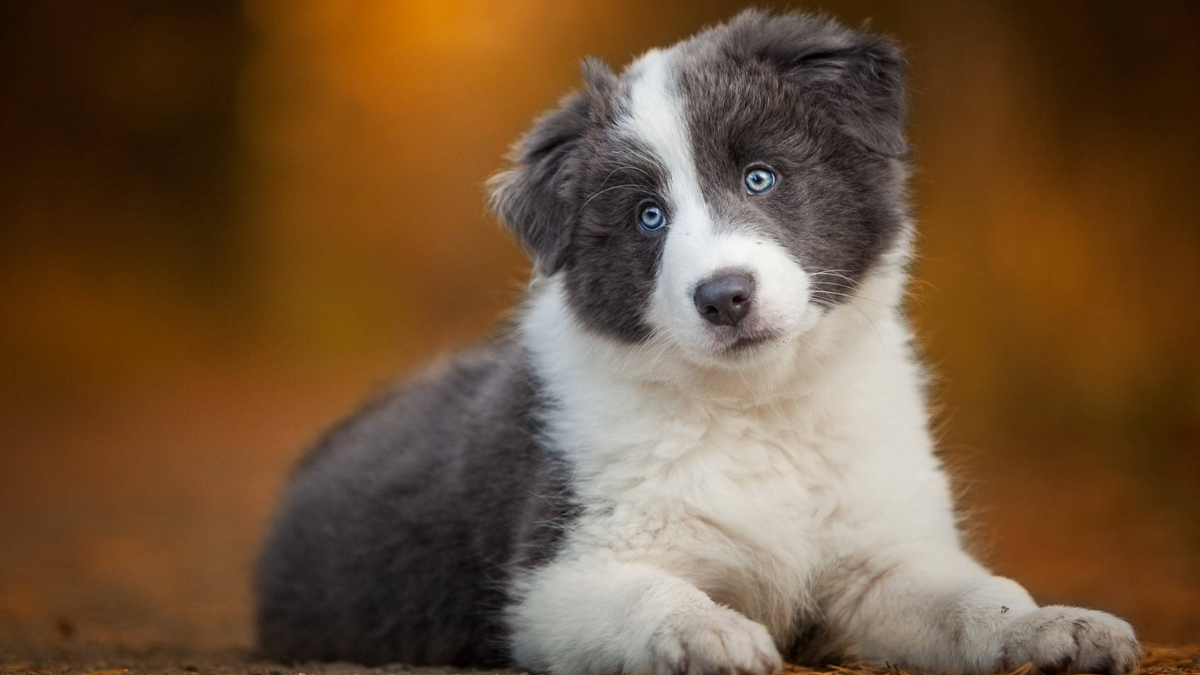
Training and Socialization Needs
All dogs require training and socialization, but some breeds require more than others. If you're a first-time dog owner or don't have a lot of experience training dogs, you might want to consider a breed that's known for being easy to train, like the Border Collie or Labrador Retriever. Additionally, some breeds are more social than others and require more interaction with people and other dogs. If you're someone who enjoys going to the dog park or has a lot of visitors to your home, a breed like the Australian Shepherd or Golden Retriever might be a good fit.
Ultimately, choosing the right blue-eyed dog comes down to finding a breed that matches your lifestyle and needs. By considering factors like energy levels, space, training, and socialization needs, you can ensure that you find a furry companion that will bring you joy and happiness for years to come.
Conclusion:
In conclusion, the allure of the best blue-eyed dog breeds extends beyond their captivating gaze. From the Siberian Husky's icy blue stare to the Australian Shepherd's striking eyes, these breeds captivate with their unique charm. While each breed carries its traits and personalities, they all share the mesmerizing feature of piercing blue eyes. Whether you're drawn to their beauty or their loyal companionship, exploring the world of the Best Blue-Eyed Dog Breeds promises to enrich your life with love, devotion, and a touch of enchantment.




